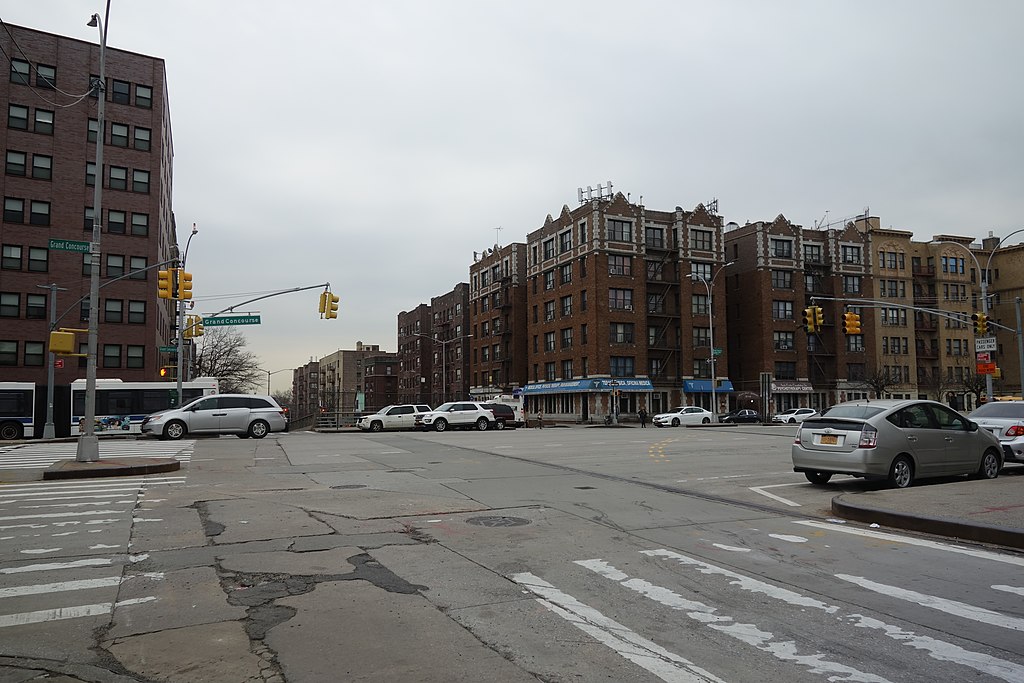A recent study by advocates for safer streets has highlighted a 16% reduction in traffic-related deaths since the city intensified efforts to enhance road safety. However, this improvement has disproportionately favored predominantly white neighborhoods, leaving other areas, particularly those with majority Latino and Black populations, facing increased fatalities.
Transportation Alternatives has pointed out a significant disparity in the distribution of Vision Zero safety measures, which are designed to shield pedestrians and cyclists from vehicular harm. Despite a citywide uptick in cyclist and motorist deaths, these initiatives have not been uniformly applied across all communities.
Danny Harris, the group’s executive director, criticized the lack of equitable implementation and called for stronger leadership to ensure safety measures reach every part of the city. According to the group’s findings, pedestrian safety has seen considerable improvements through measures like reduced speed limits, the addition of speed cameras, and traffic signals that prioritize pedestrians and cyclists. Since the inception of Vision Zero in 2014, there has been a 29% drop in pedestrian deaths.
Contrastingly, majority Latino neighborhoods witnessed a 30% surge in traffic fatalities, and majority Black areas saw a 13% increase, while majority white areas experienced a 4% decrease. This discrepancy raises concerns among city officials, including Selvena N. Brooks-Powers, chair of the City Council’s transportation committee, who highlighted the alarming rise in cyclist fatalities in 2023, marking it the deadliest year for cyclists this century.
The report criticizes local community boards for hindering the implementation of safety infrastructure in non-white neighborhoods. Harris compared the necessity of such infrastructure to essential services like fire stations, questioning the practice of seeking neighborhood approval for safety enhancements.
The city’s Department of Transportation asserts its commitment to prioritizing safety projects in low-income and non-white neighborhoods, using an equity formula based on demographic factors. Despite these efforts, the number of cyclist deaths has escalated, with 2023 being particularly deadly for cyclists lacking protected bike lanes.
Harris also reproached the city’s slow progress in expanding protected bike lanes, accusing the administration of failing to meet its safety obligations under Vision Zero. The criticism underscores the urgent need for a more inclusive and accelerated approach to road safety initiatives.












